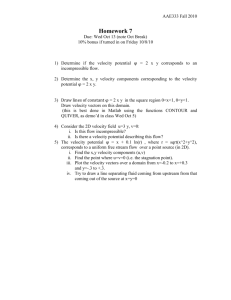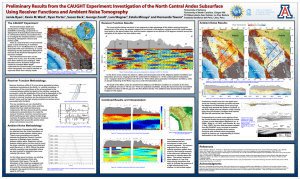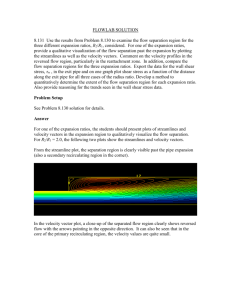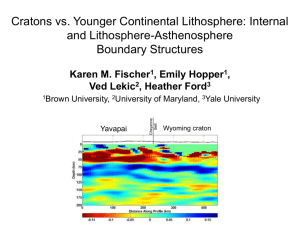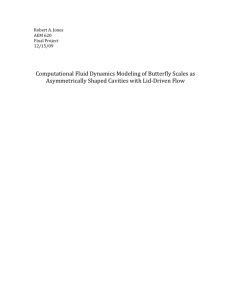Supporting Online Material for
advertisement
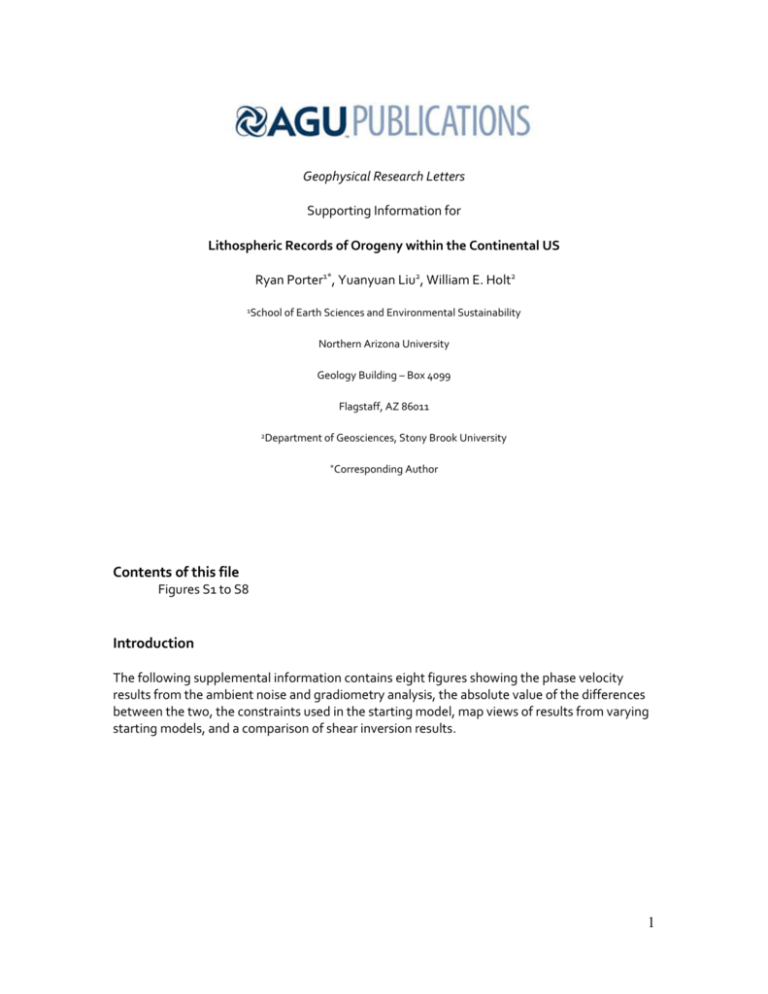
Geophysical Research Letters Supporting Information for Lithospheric Records of Orogeny within the Continental US Ryan Porter1*, Yuanyuan Liu2, William E. Holt2 1School of Earth Sciences and Environmental Sustainability Northern Arizona University Geology Building – Box 4099 Flagstaff, AZ 86011 2Department of Geosciences, Stony Brook University *Corresponding Author Contents of this file Figures S1 to S8 Introduction The following supplemental information contains eight figures showing the phase velocity results from the ambient noise and gradiometry analysis, the absolute value of the differences between the two, the constraints used in the starting model, map views of results from varying starting models, and a comparison of shear inversion results. 1 Figure S1. Maps showing the phase velocity variations calculated using ambient noise tomography. 2 Figure S2. Maps showing the phase velocity variations calculated using gradiometry. 3 Figure S3. Maps showing the absolute value of the difference between phase velocities calculated using ambient noise tomography and gradiometry at 20, 30 and 40 second periods. 4 Figure S4. Map view of the EARS-derived crustal thickness model used in the inversions. 5 Figure S5. Map view of the sediment thickness model used in the inversions. 6 Figure S6. Shear velocity model calculated using a constant velocity starting model with a shear velocity of 4 km/s. Moho depths are determined from the same model as other models. Because the Moho is not constrained, the Moho transition is much broader in this model resulting in significant variations at lower crustal and upper mantle depths from the other models. 7 Figure S7. Panel A: Shear velocity model where sediment thickness is constrained. Panels B-F: Shear velocity model calculated using a constant crustal velocity model of 3.65 km/s and mantle velocity of 4.5 km/s. 8 Figure S8. Panel A: Starting shear model and inversion results for gridpoint 102º W 40 º N. Panel B: Measured phase velocities and inversion results for gridpoint 102º W 40º N. 9






